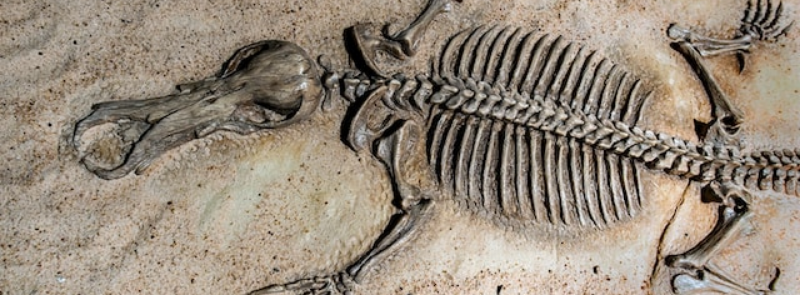
When It Occurs
Every Wednesday of the Second Full Week in October
Official Website
Timeline
Days Passed (810)
# Hashtags
#NationalFossilDay #PrehistoricScience
National Fossil Day celebrates the scientific and educational significance of fossils, highlighting their daily relevance and undeniable cool factor! This observance occurs every year on the Wednesday of the second full week in October.
History
- Origins: National Fossil Day was established in 2010 by the National Park Service to highlight the importance of fossils and the need to preserve them for future generations.
- Growth: Since its inception, National Fossil Day has grown significantly, with various events, activities, and educational programs taking place across the country to celebrate and promote fossil discovery and conservation.
Significance
National Fossil Day holds significant importance for several reasons:
- Educational Value: It provides an opportunity to educate the public about the scientific importance of fossils in understanding Earth's history and evolution.
- Conservation Awareness: The day emphasizes the need to protect and preserve fossil sites and specimens for future research and education.
- Public Engagement: It encourages people of all ages to engage with paleontology and develop a deeper appreciation for natural history.
Ways to Celebrate
-
Educational Programs:
- School Activities: Incorporate fossil-related lessons and activities into school curricula. This can include studying local fossils, creating fossil replicas, and understanding the process of fossilization.
- Workshops and Lectures: Attend workshops and lectures hosted by museums, universities, and paleontology organizations to learn more about fossils and paleontological research.
-
Museum Visits:
- Exhibits: Visit natural history museums to explore fossil exhibits and learn about different types of fossils and the creatures they represent.
- Behind-the-Scenes Tours: Participate in behind-the-scenes tours of museum collections to see how fossils are prepared, studied, and stored.
-
Fossil Hunting and Field Trips:
- Field Trips: Join organized fossil hunting trips and field excursions led by paleontologists or fossil clubs to search for and identify fossils in the field.
- National Parks: Visit national parks and monuments that have significant fossil sites, such as Dinosaur National Monument or Petrified Forest National Park.
-
Public Events:
- Fossil Fairs: Attend fossil fairs and festivals where enthusiasts and experts gather to share knowledge, showcase collections, and offer hands-on activities.
- Paleontology Days: Participate in special events and activities organized by paleontology societies and clubs, including fossil identification sessions and educational talks.
-
Online Engagement:
- Virtual Tours: Take virtual tours of fossil sites and museum exhibits to explore paleontology from the comfort of your home.
- Social Media Campaigns: Share your fossil finds, favorite fossils, or paleontology-related content on social media using hashtags like #NationalFossilDay and #FossilDay.
Educational Resources and Activities
-
Fossil Identification:
- Guides and Books: Use fossil identification guides and books to learn about different types of fossils and how to identify them.
- Online Databases: Access online databases and resources to identify and learn more about fossils found in your region.
-
Fossil Replicas:
- Model Making: Create fossil replicas using clay, plaster, or other materials to understand the anatomy and structure of ancient organisms.
- Fossil Impressions: Make fossil impressions by pressing objects like leaves, shells, or bones into clay or playdough.
-
Interactive Activities:
- Dinosaur Digs: Set up mock dinosaur digs for children to excavate and discover buried fossils, teaching them about the excavation process.
- Fossil Puzzles: Solve fossil-themed puzzles and games that challenge players to piece together skeletal structures or match fossils to their corresponding creatures.
Fun Facts About Fossils
- Oldest Fossils: The oldest known fossils are stromatolites, which are about 3.5 billion years old and are formed by cyanobacteria.
- Dinosaurs: Dinosaurs dominated the Earth for over 160 million years, and their fossils have been found on every continent, including Antarctica.
- Amber: Fossils are not only found in rocks; organisms can also be preserved in amber, which is fossilized tree resin.
Conclusion
National Fossil Day is a celebration of Earth's ancient past, offering a chance to explore and appreciate the wonders of paleontology. By participating in educational programs, visiting museums, engaging in fossil hunting, and using online resources, individuals can deepen their understanding of fossils and their significance. This day fosters a sense of stewardship and encourages the preservation of our natural heritage for future generations.


